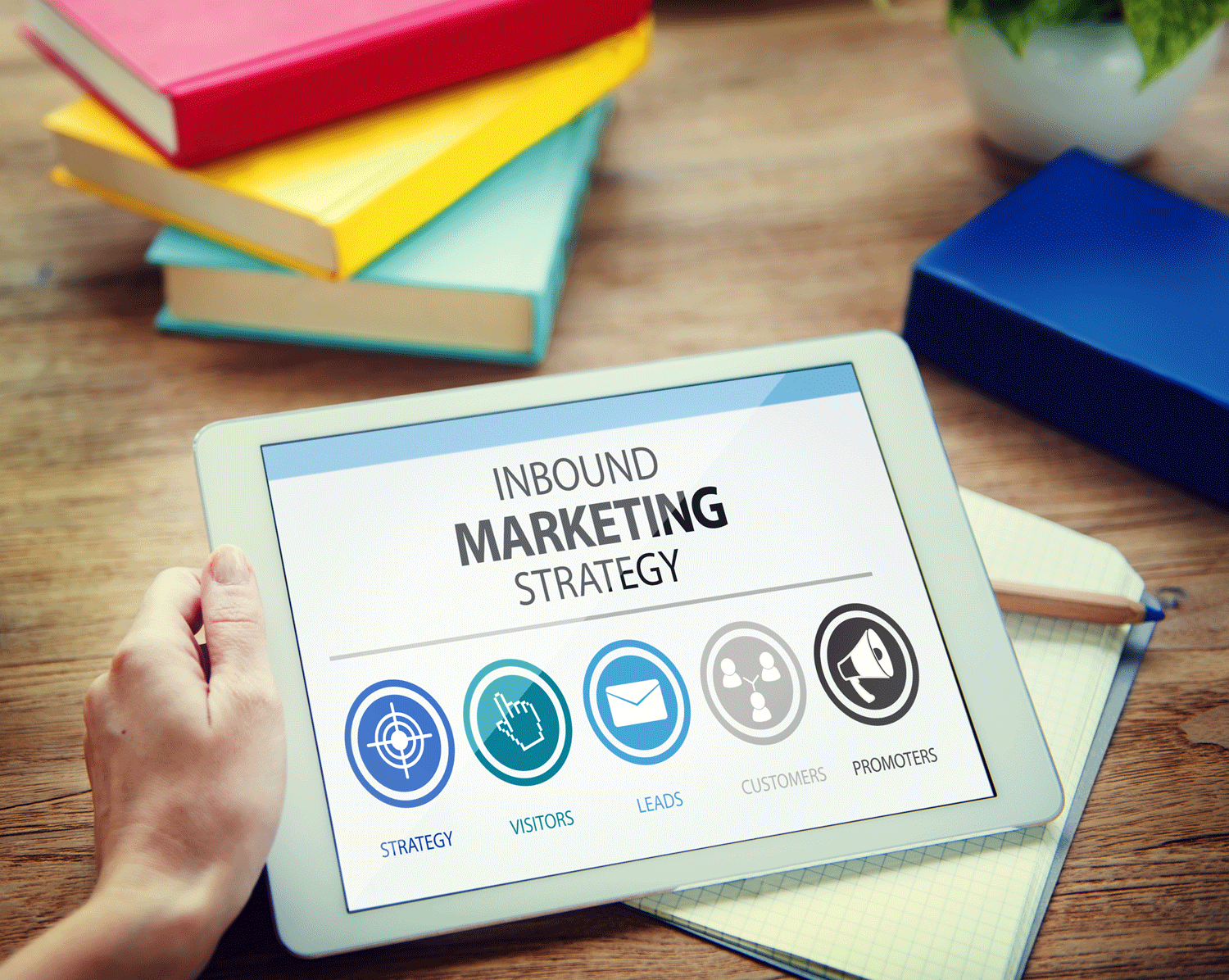 Inbound marketing is currently the most effective marketing strategy. It’s dynamic, it saves you money, and it definitely works. However, it does tend to have a lot of moving parts, and it’s easy to become confused while running an inbound campaign (especially if it’s your first). With that in mind, we wanted to come up with a mini-checklist of sorts that can help you keep all those moving parts in check. If you ever find yourself lost or overwhelmed with a campaign, just use this blog article as a reference guide to get you back on track.
Inbound marketing is currently the most effective marketing strategy. It’s dynamic, it saves you money, and it definitely works. However, it does tend to have a lot of moving parts, and it’s easy to become confused while running an inbound campaign (especially if it’s your first). With that in mind, we wanted to come up with a mini-checklist of sorts that can help you keep all those moving parts in check. If you ever find yourself lost or overwhelmed with a campaign, just use this blog article as a reference guide to get you back on track.
Keywords
Your inbound journey should have begun with determining the best keywords for your business. These are the terms potential customers use whenever they conduct Google searches related to your products/services. But simply choosing the terms isn’t enough: you need to be using these terms all the time, in headlines of blog articles and throughout the body of those articles as well.
Regular blog articles
Speaking of blogs, continue producing new blog articles all the time. You need to have a regular posting schedule, whether it’s once a week or every day, and stick to it. Keeping blog content fresh not only encourages repeat visits, it also improves your site’s relevance with Google. The search engine places a priority on sites that have been updated with new content.
Informative content offers
The content offers are critical for lead generation. If you’ve done a good job writing valuable blog articles, then visitors will be interested in learning more from your business. That’s what these content offers represent: the ability to learn something informative and worthwhile from your company. Spend the time to create quality content offers, to ensure your visitors will part with contact information in exchange for them.
Social media
Social media is important for any modern business, regardless of whether or not they use inbound marketing strategies. However, it can be extra valuable with inbound strategies, because social media gives you a regular outlet to post links to new content. You must have a presence on every major social media site (Facebook, Twitter, Instagram, LinkedIn, Google+ and Pinterest), and post something new to each site on a daily basis.
Just because email is last doesn’t mean it’s unimportant, but you should prioritize the other parts of inbound marketing before email. Using email for lead nurturing is very effective, but you won’t have any leads to nurture if you don’t focus on the previous four items. Once you’re confident you have a great start on the other items on this list, then you should start focusing on email.
Topics: Inbound Marketing










